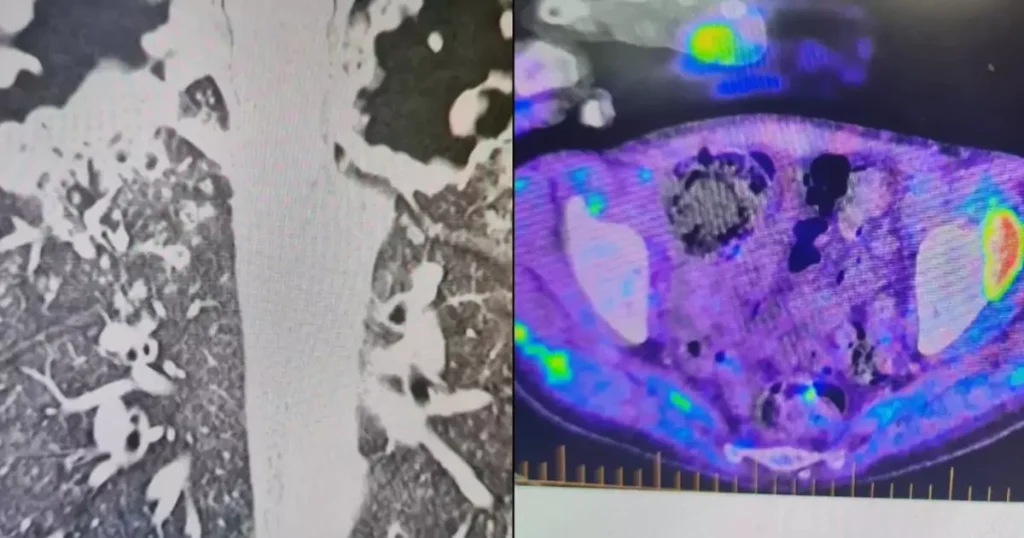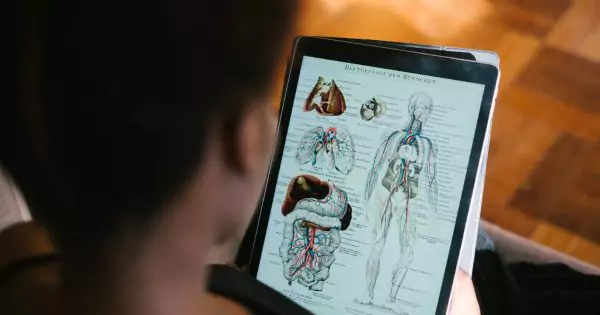
Over a century has passed since the death of Rosalia Lombardo, a two-year-old girl who succumbed just before her second birthday in 1920. Yet, her mummified remains continue to captivate and mystify visitors at the Capuchin Catacombs of Palermo, Italy. Dubbed the ‘Sleeping Beauty of Palermo,’ Rosalia’s preservation is so remarkable that it leaves people both amazed and puzzled.
The Science Behind the Preservation
Rosalia’s body was mummified by Alfredo Salafia, a renowned Sicilian taxidermist and embalmer, who employed a meticulous technique using chemicals such as zinc, acid, and alcohol. These substances were crucial in preserving her skin, allowing her remains to maintain a lifelike appearance for over a century. Although her brain has deteriorated by about 50%, the rest of her body, including her skeleton and golden hair, remains astonishingly intact.

The Role of Modern Technology in Preservation
In an effort to maintain her pristine condition, Rosalia’s glass coffin is filled with nitrogen gas, a method that helps to prevent decay by eliminating moisture and oxygen, which are key factors in the decomposition process. This innovative approach has significantly contributed to the long-term preservation of her remains.
Rosalia Lombardo: The “Sleeping Beauty of Palermo”
Known as the “Sleeping Beauty of Palermo,” the impeccably preserved body of Rosalia Lombardo is among the most remarkable mummies in the world. When Lombardo died, her heartbroken father took her to an embalmer and asked him to make her appear as if she would “live forever.” Her body was placed in a glass-topped coffin and entombed in the Capuchin catacombs beneath the Sicilian capital. The embalmer used a secret zinc mixture to petrify her body and even posed her with her eyes slightly open, creating the illusion of her either just falling asleep or waking up from a nap.
Myths, Misconceptions, and Marvels
The condition of Rosalia Lombardo’s body has given rise to various stories and legends. Some visitors to the catacombs claim to have seen her blink—an occurrence that the curator, Dario Piombino-Mascali, explains as an optical illusion caused by the changing daylight that filters through the catacombs’ windows. He clarifies that her eyelids have never been fully closed, contributing to this eerie phenomenon.
Skepticism and Scientific Verification
Amidst speculation that Rosalia might actually be a wax statue, scientific tests have confirmed the authenticity of her remains. This has put to rest one of the many urban legends surrounding her, reinforcing the fact that she is indeed the well-preserved body of a young girl who tragically died nearly a century ago.

Cultural and Emotional Impact
Rosalia Lombardo’s story resonates deeply with those who visit her resting place. Social media is replete with comments from people who are moved by the sight of the ‘Sleeping Beauty,’ reflecting on the tragedy of her early death and the serenity of her appearance. The catacombs, home to nearly 8,000 corpses and over 1,000 mummies, hold none as well-preserved as Rosalia, making her a unique attraction recommended by many who experience the profound impact of her preservation.
The case of Rosalia Lombardo showcases the intersection of historical preservation techniques and modern technology, resulting in a mummification so effective that it continues to draw interest and emotion from around the world. Her preservation not only stands as a testament to the skills of early 20th-century embalmers but also as a poignant reminder of the young lives lost during historical pandemics like the influenza outbreak of 1918. As science advances, Rosalia remains a symbol of both human fragility and the enduring quest to overcome time itself.

























































































































